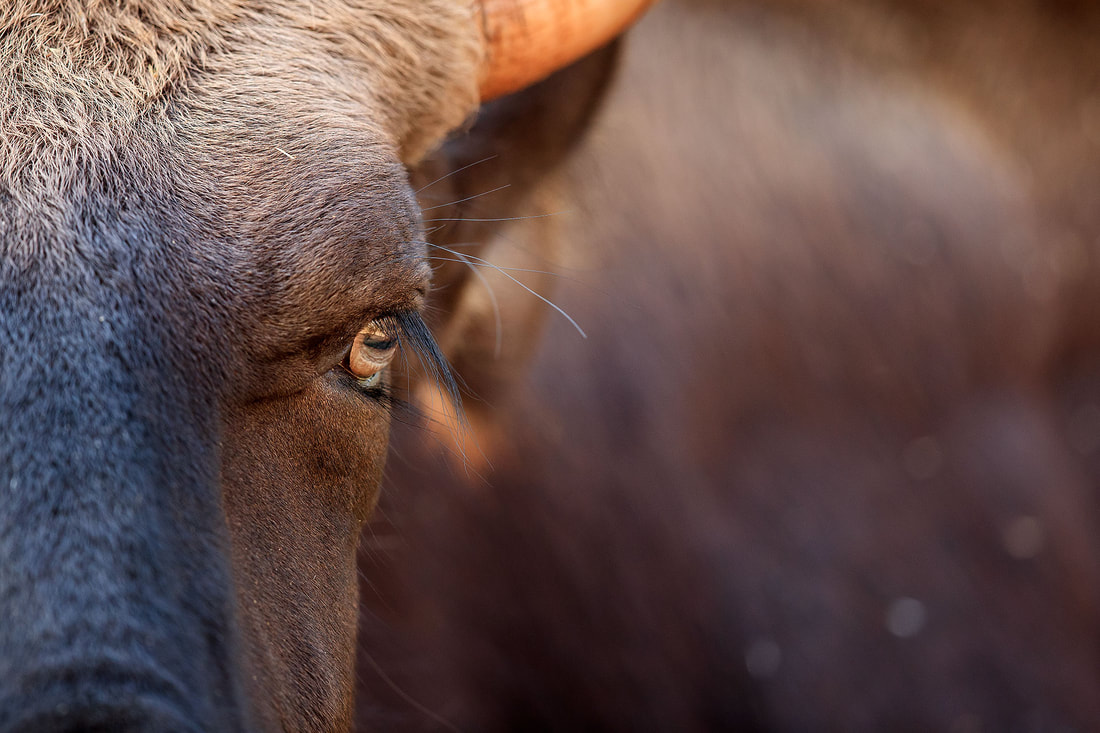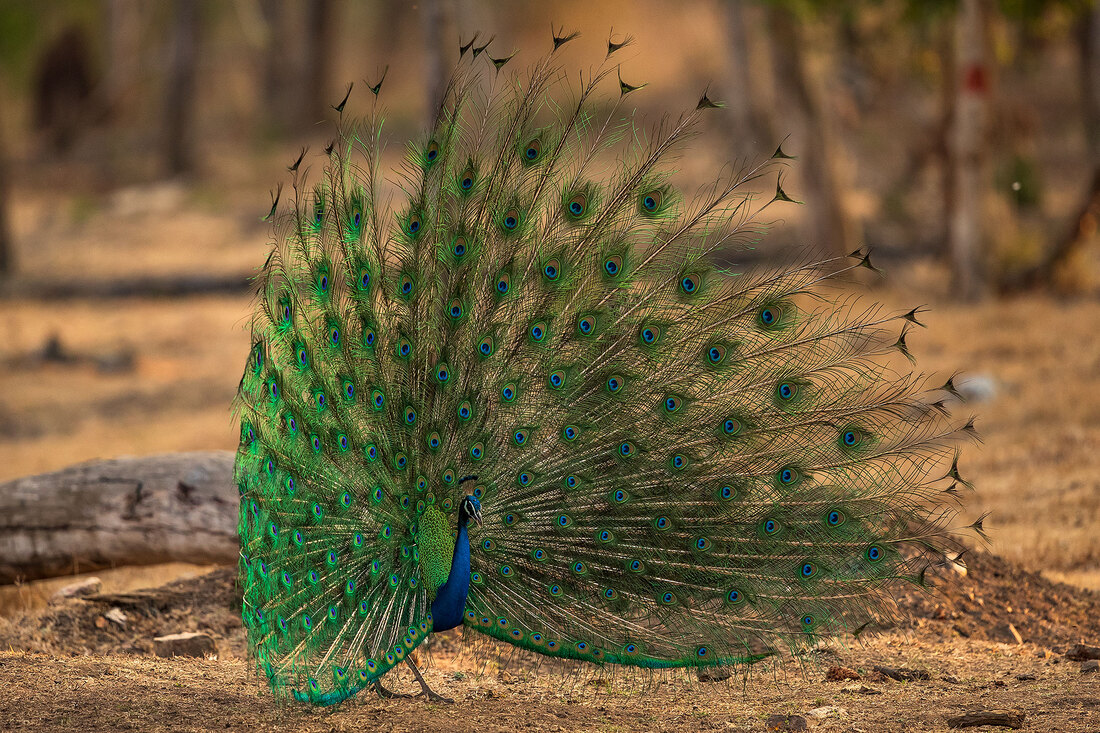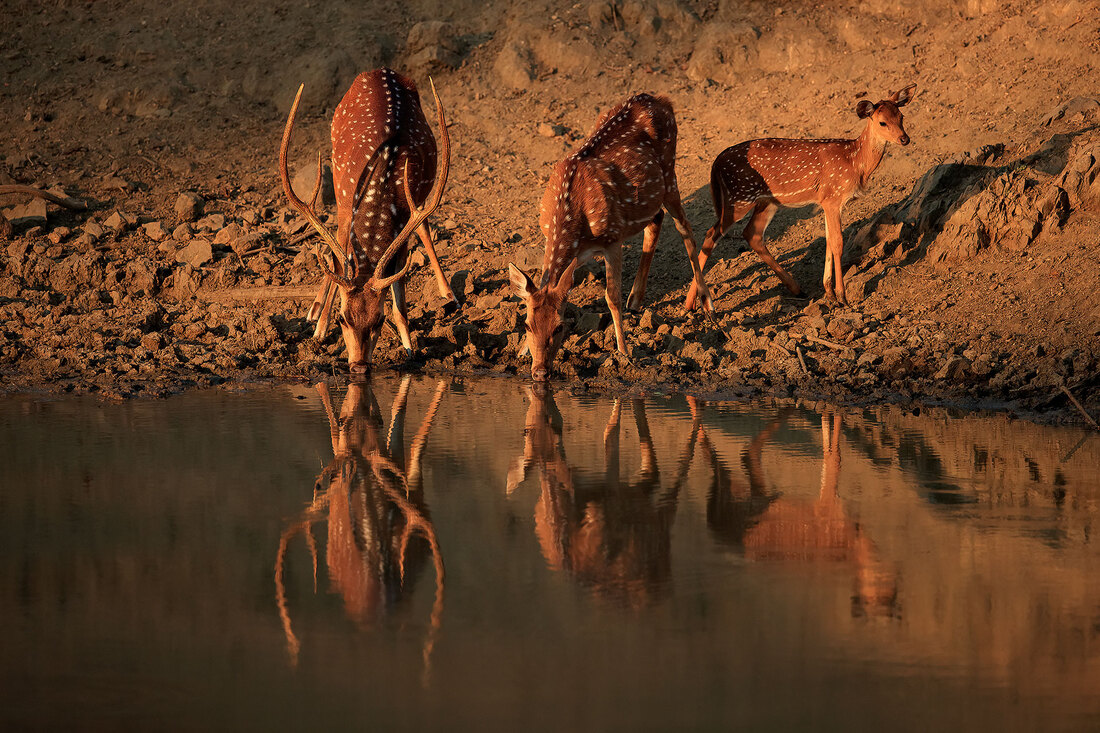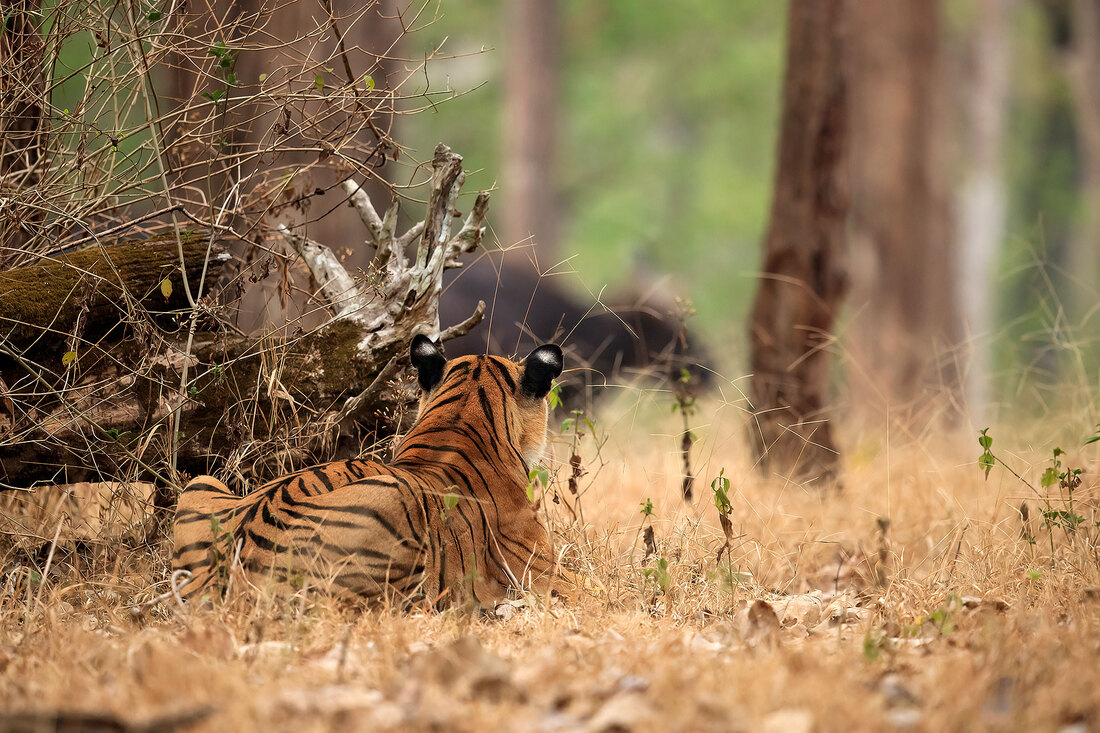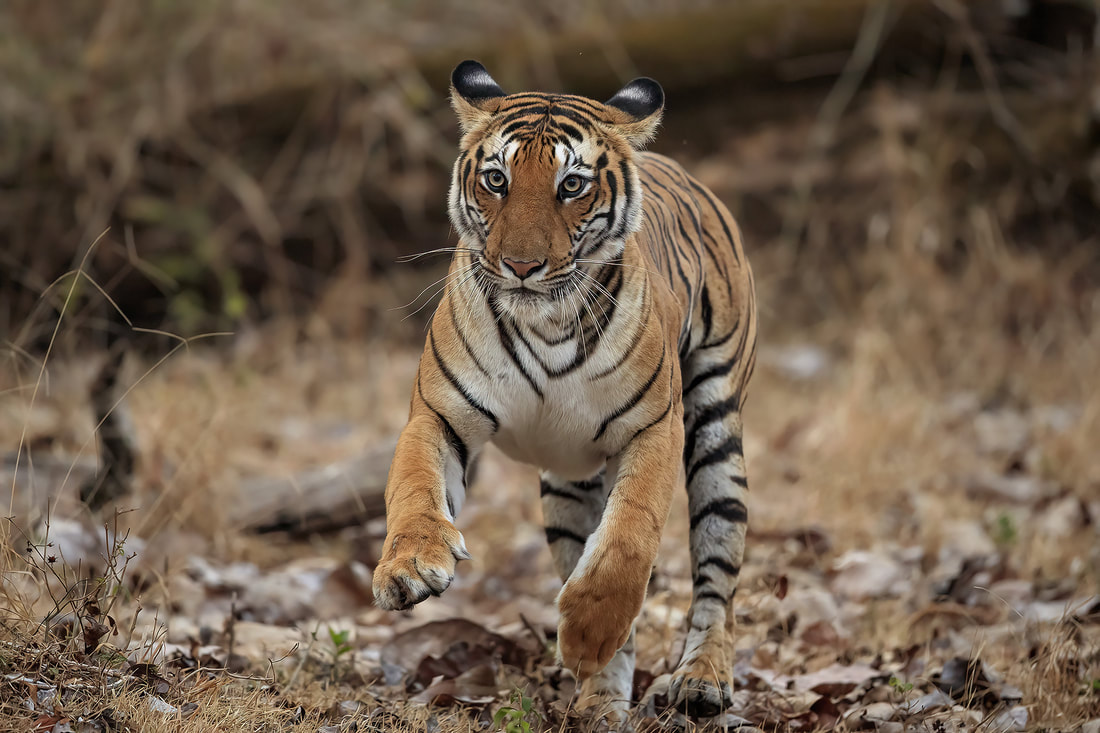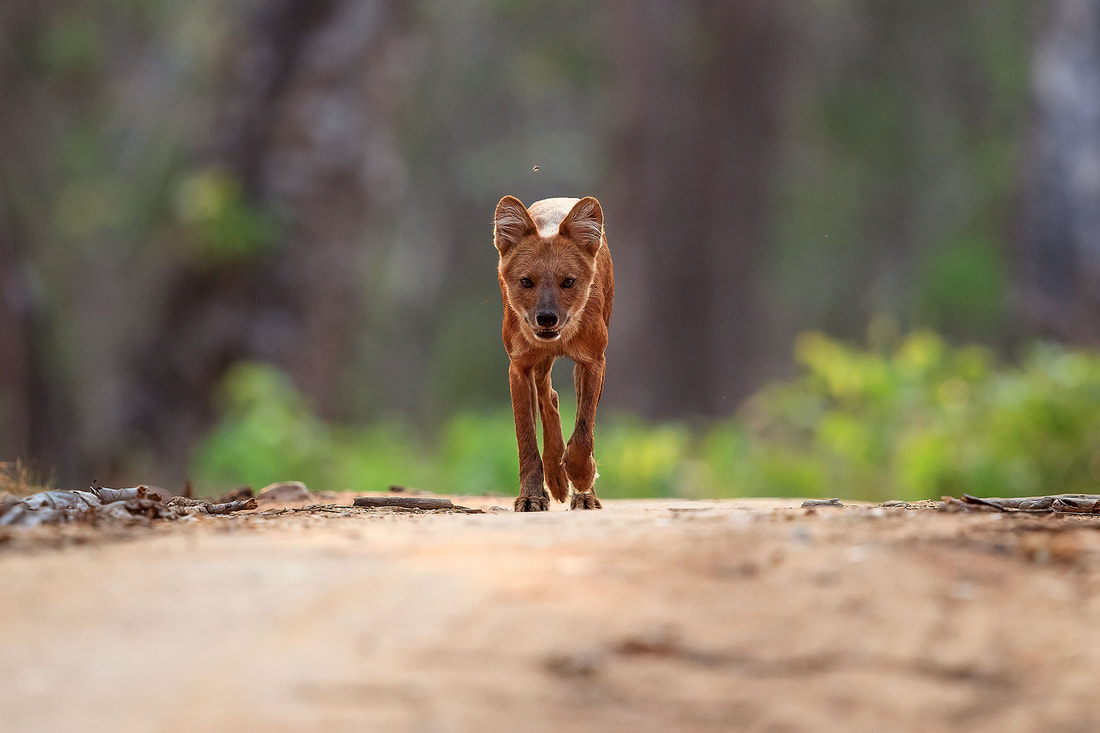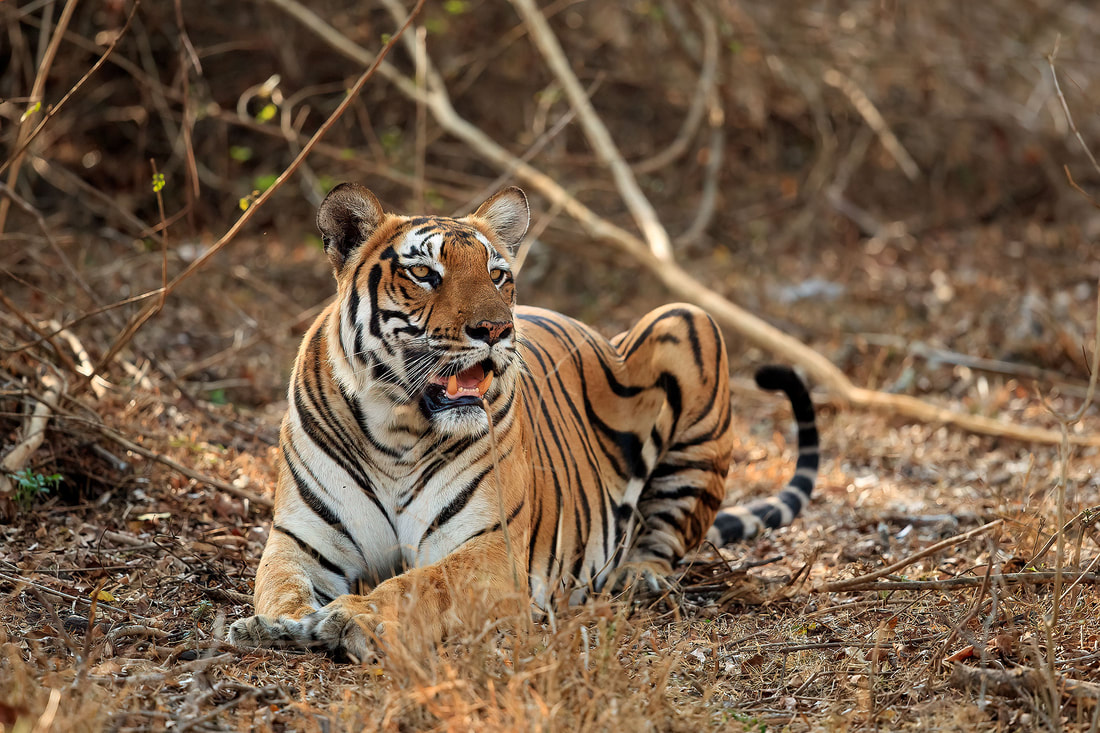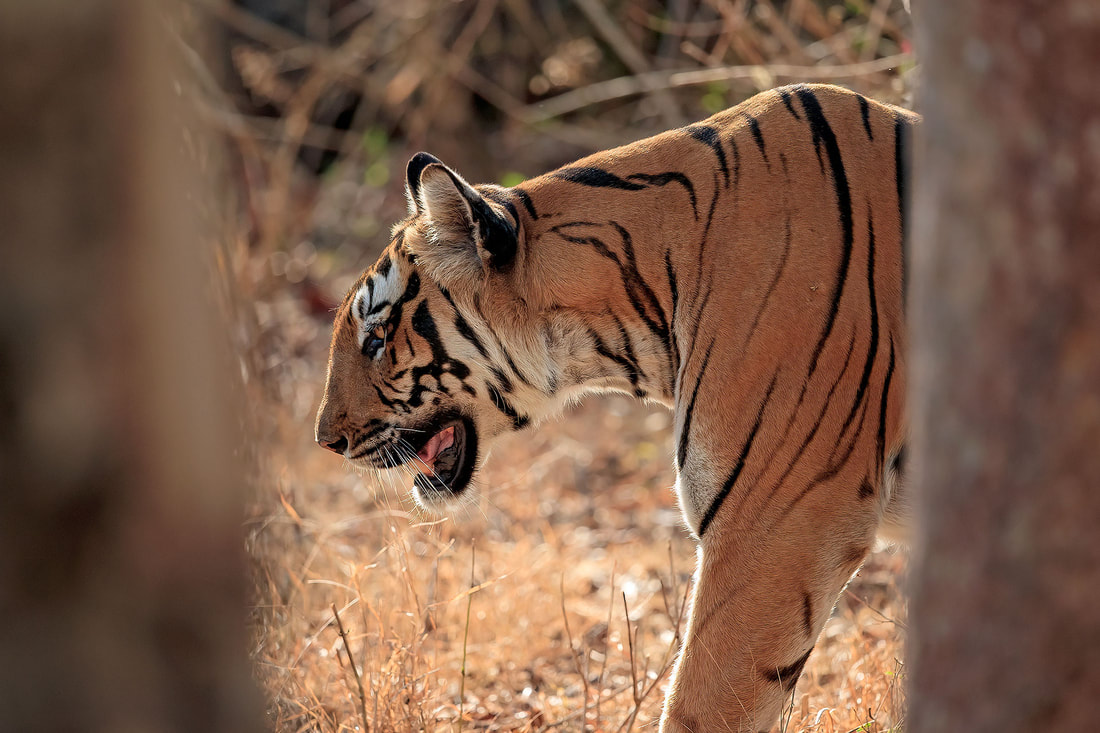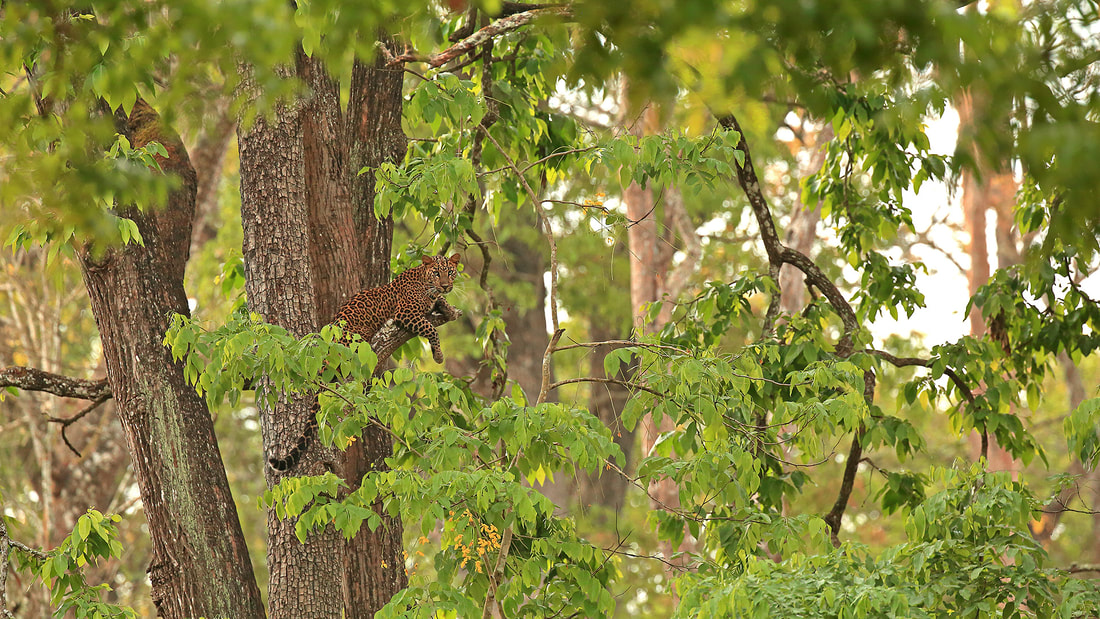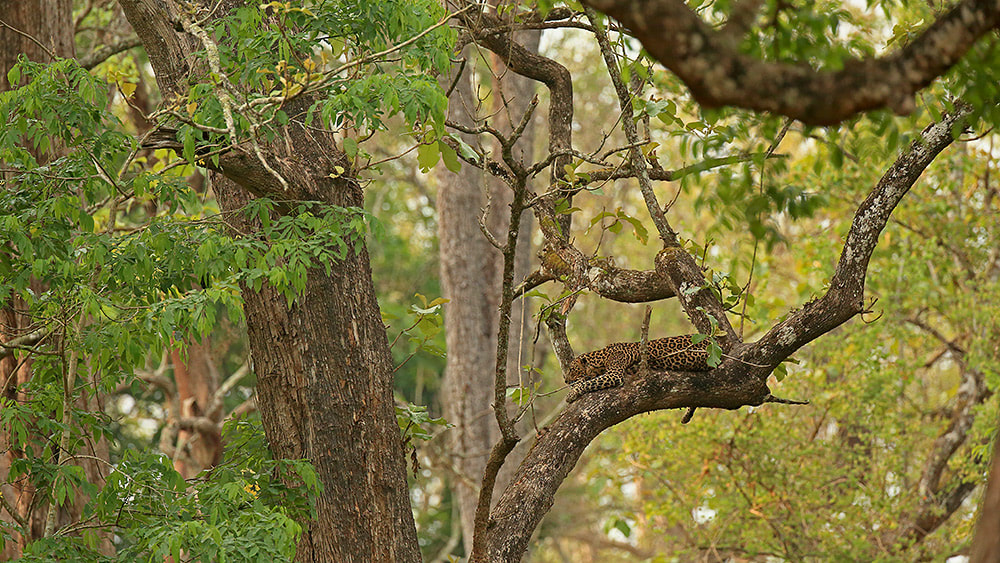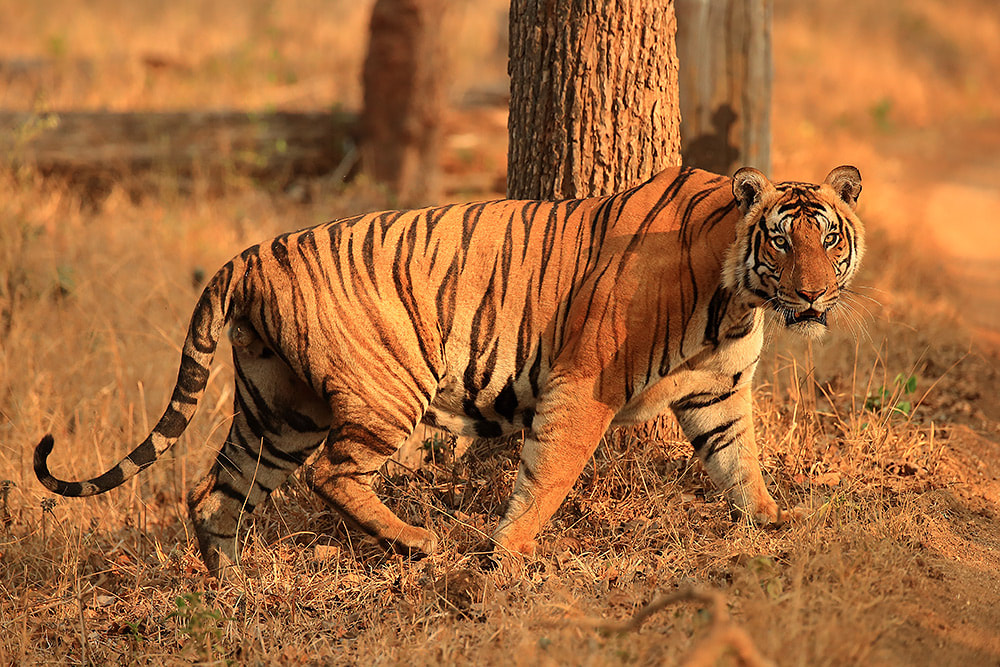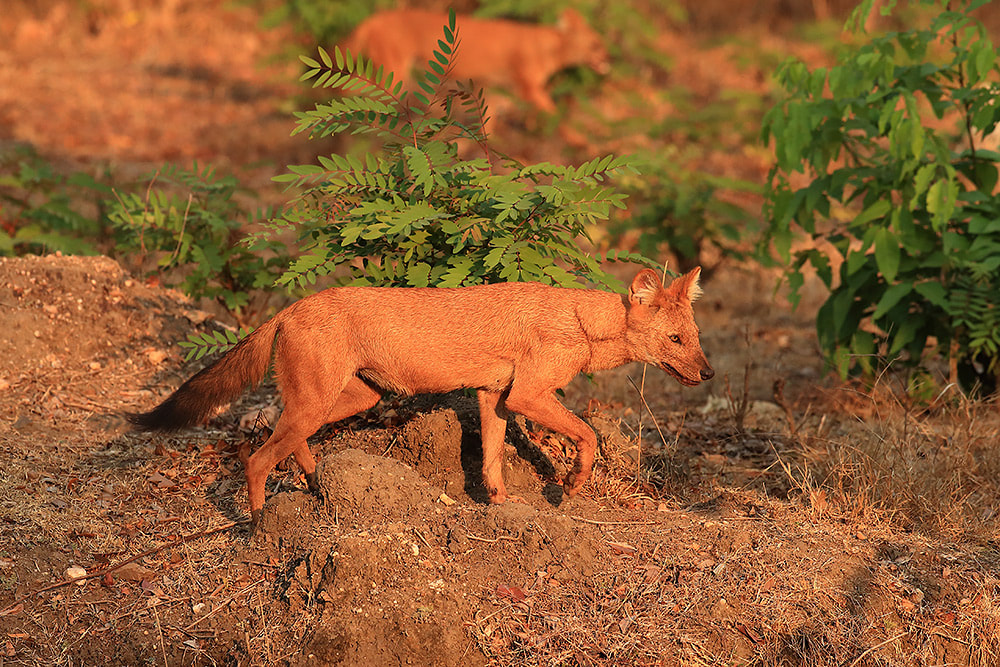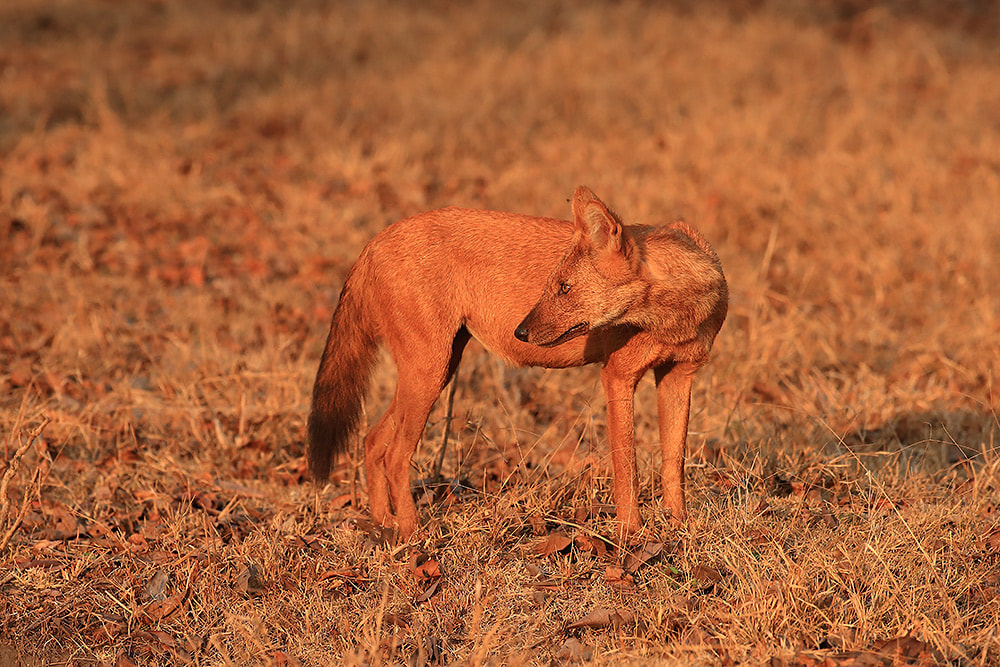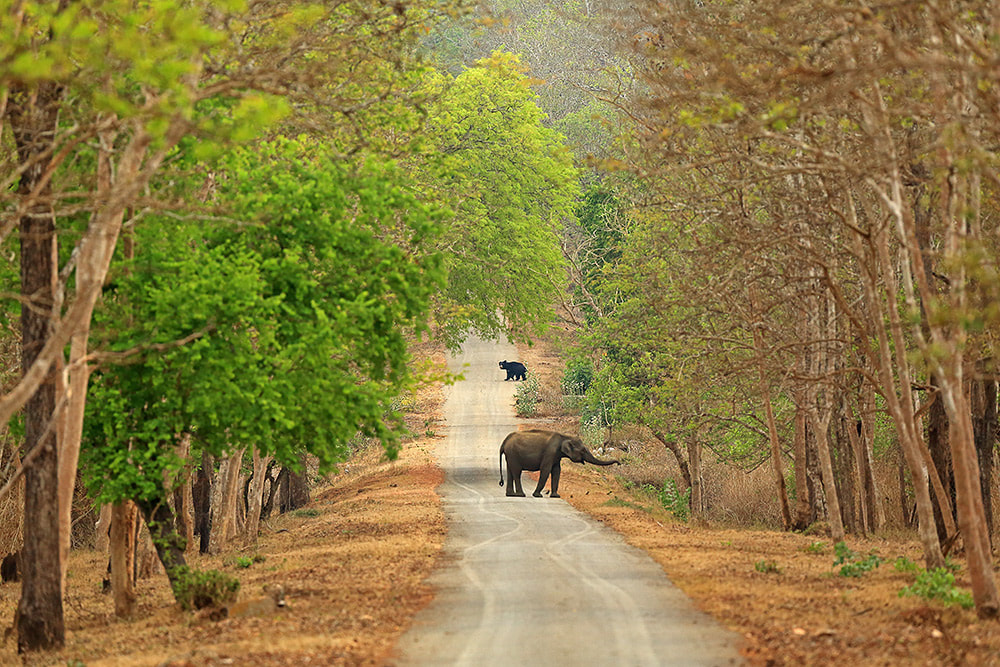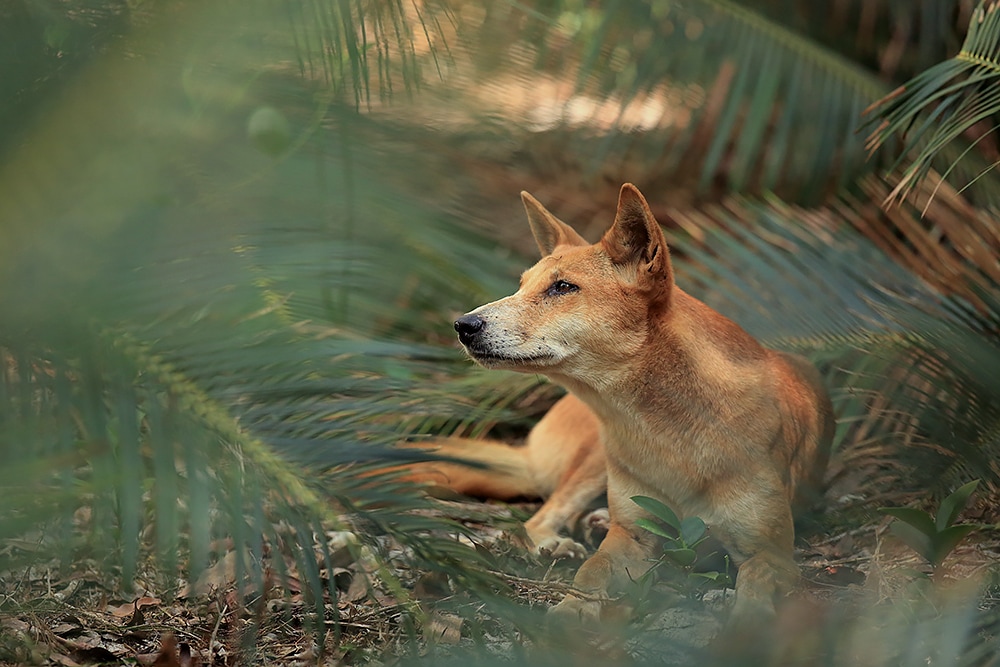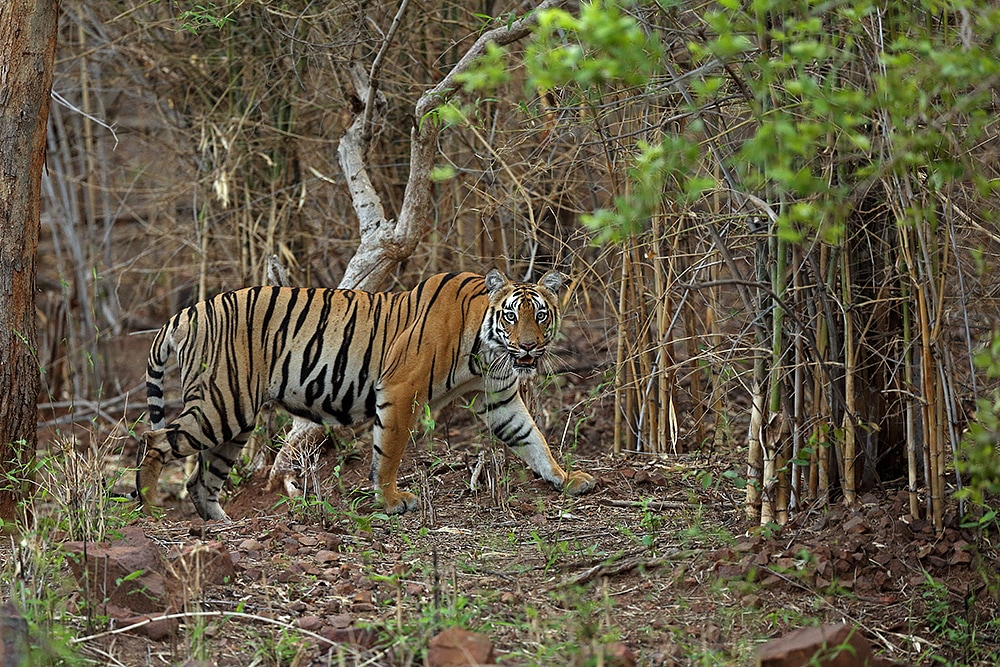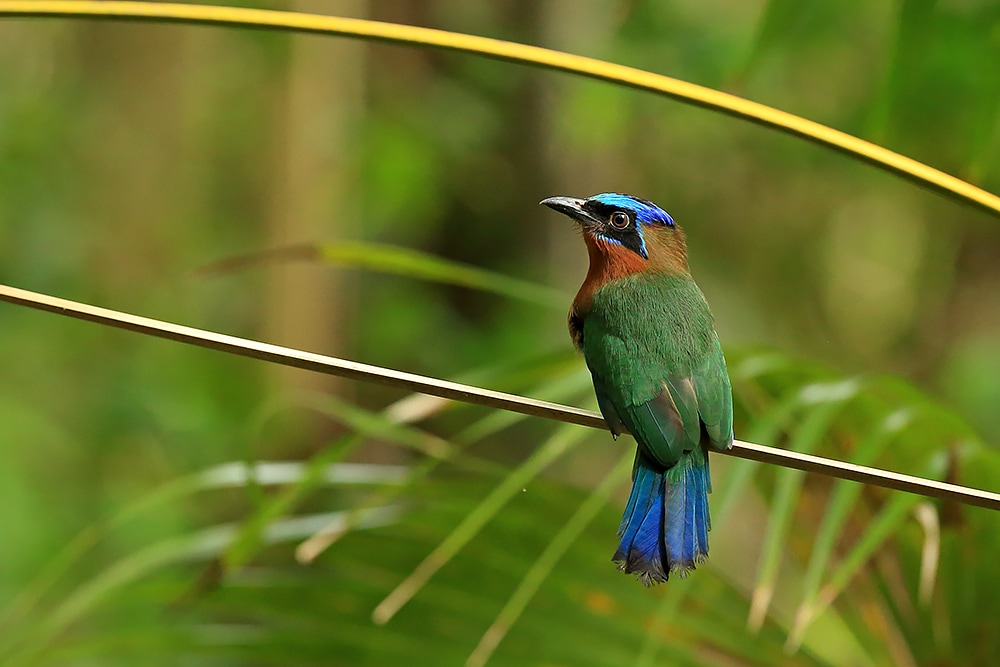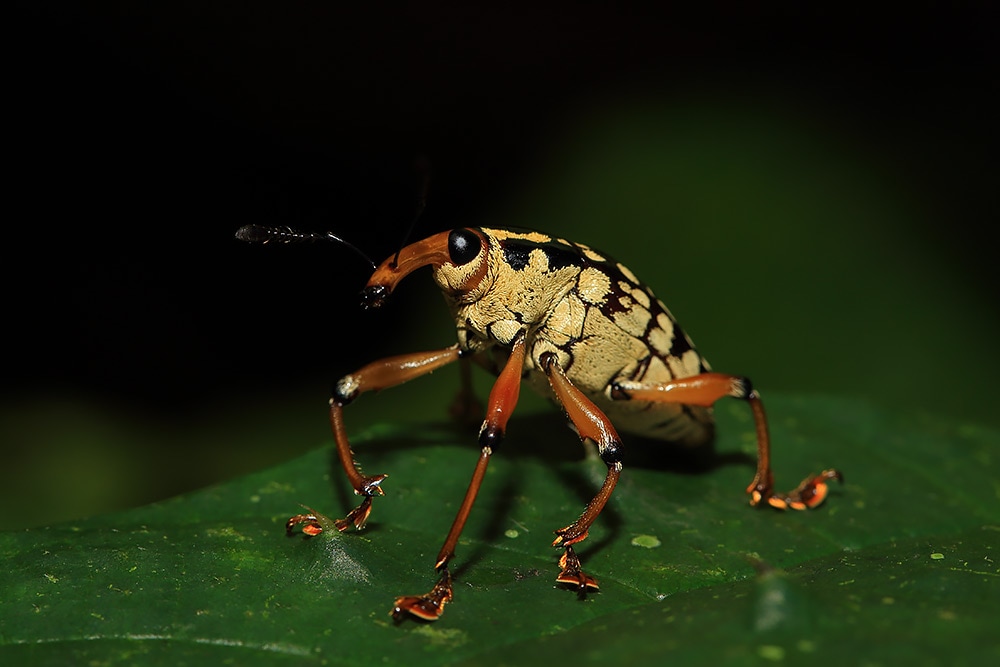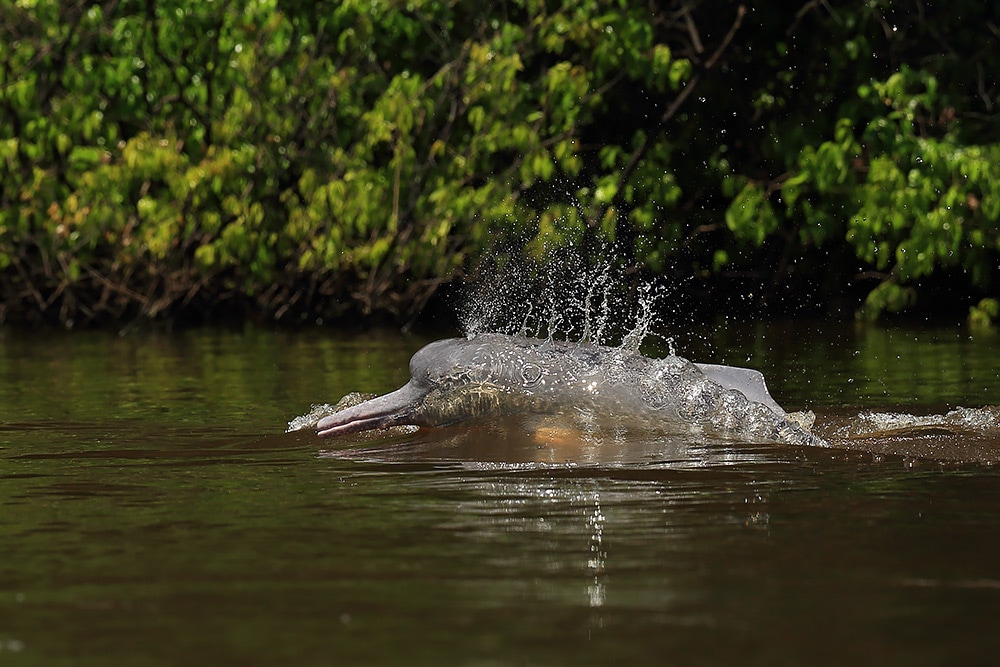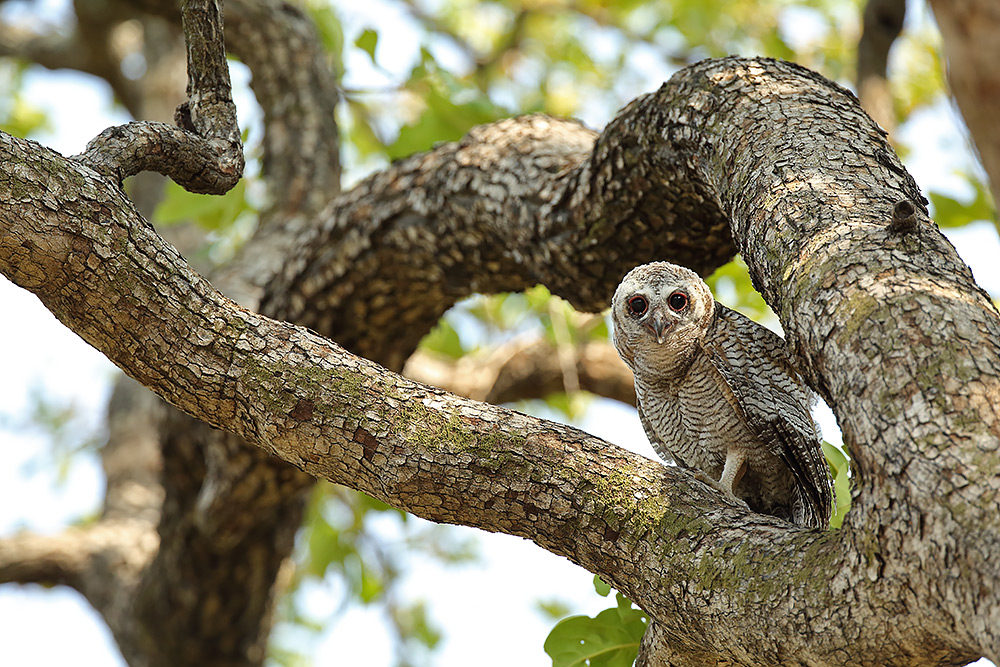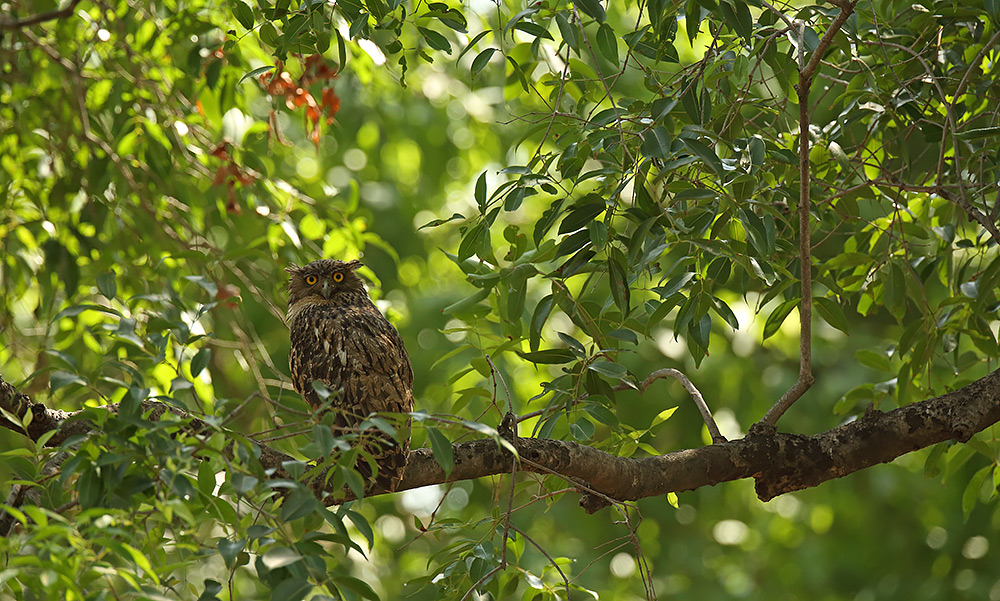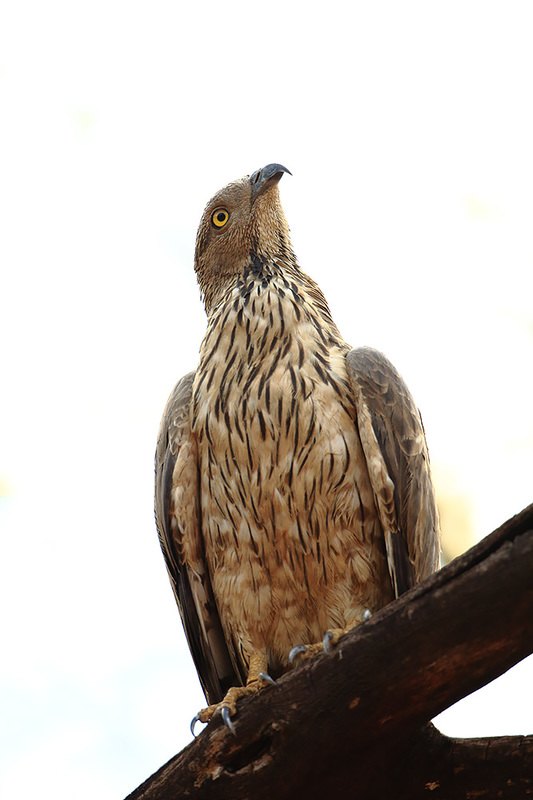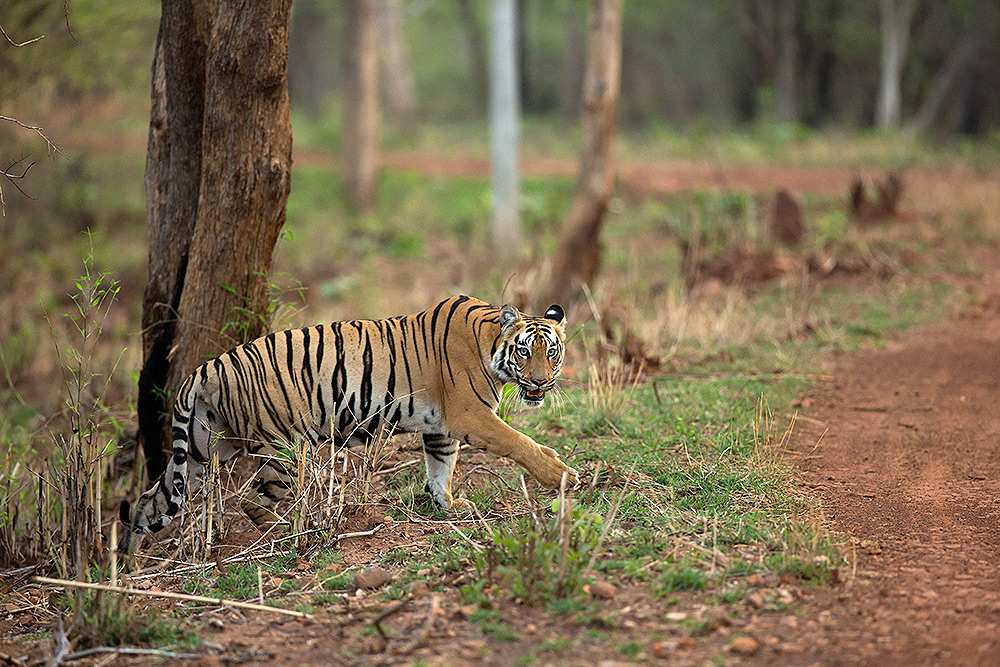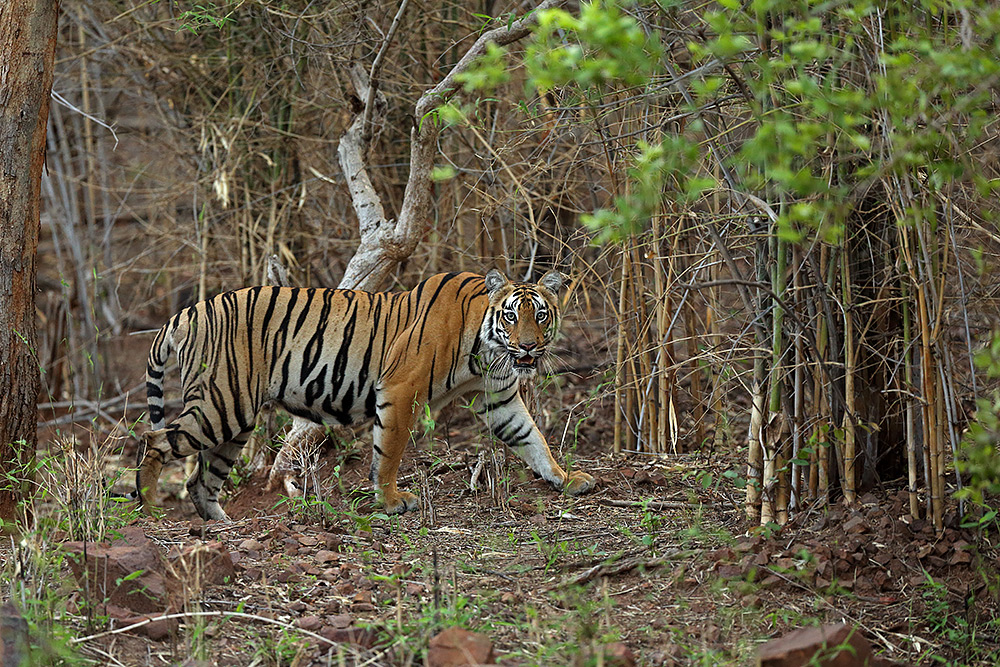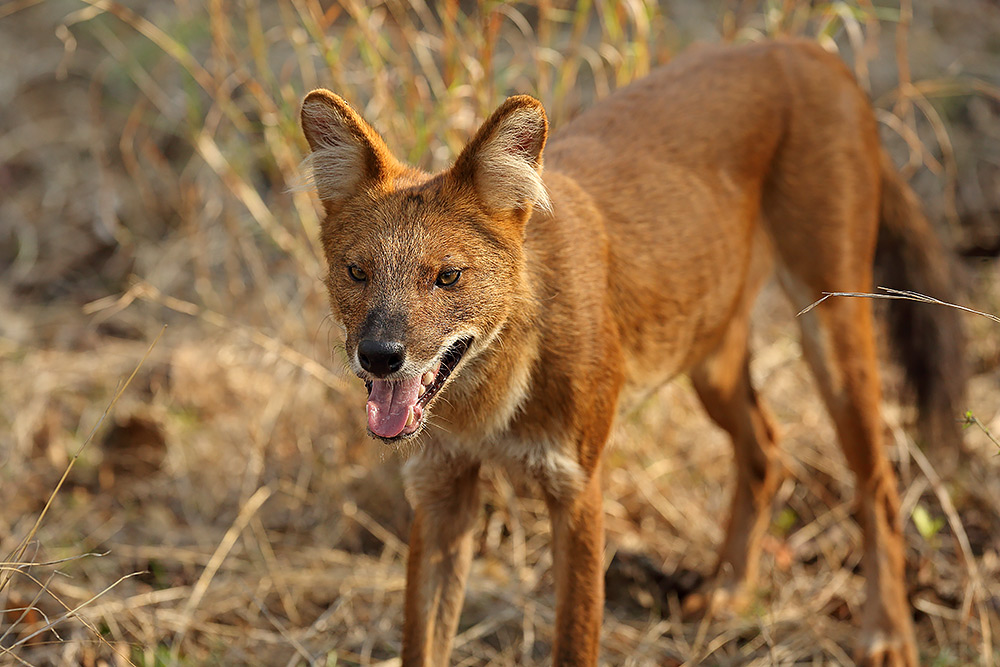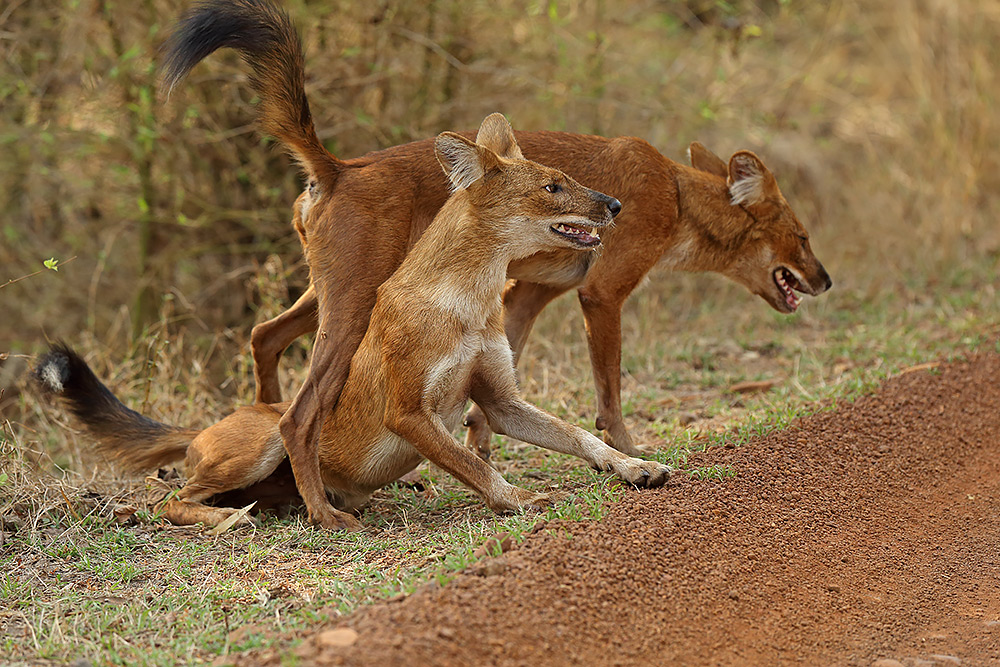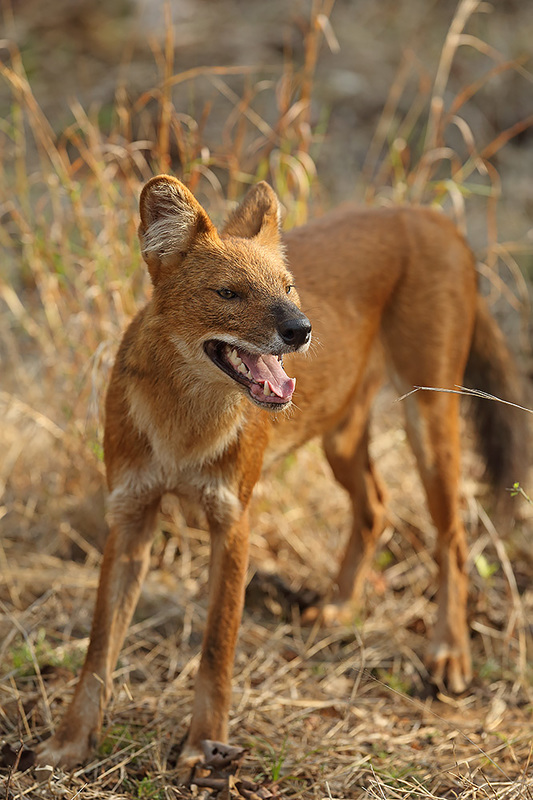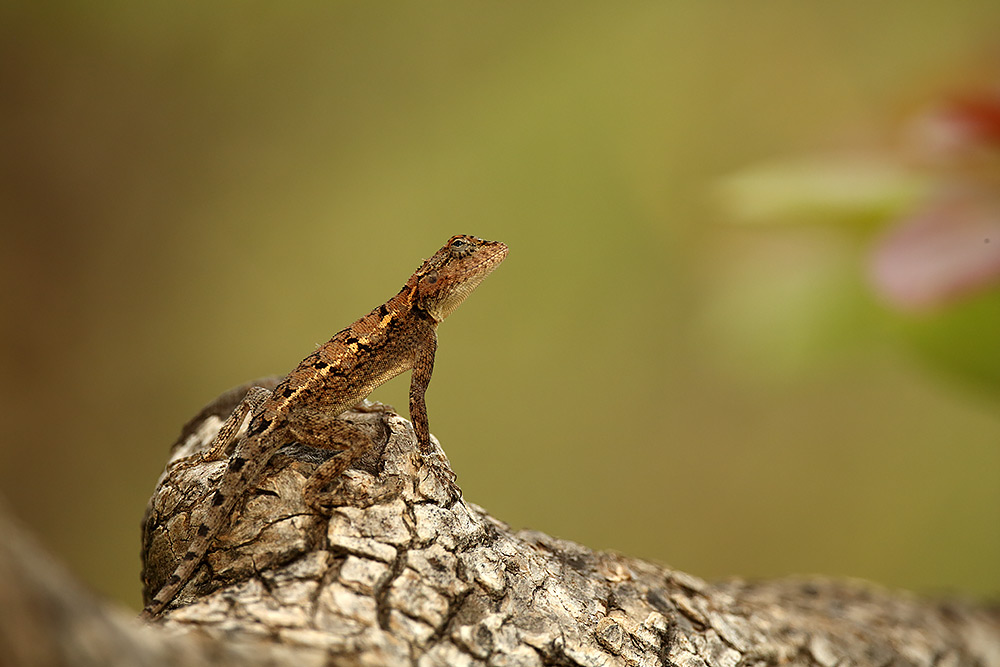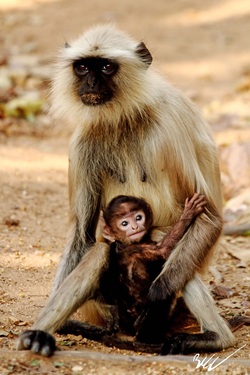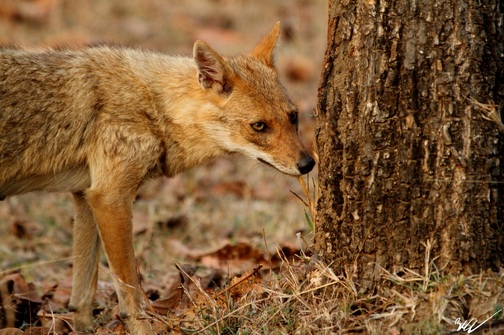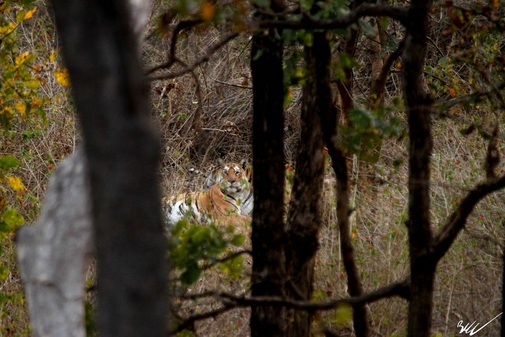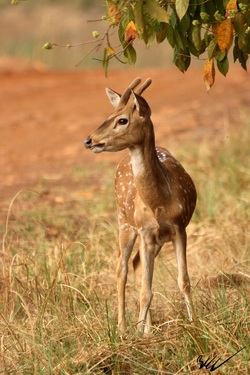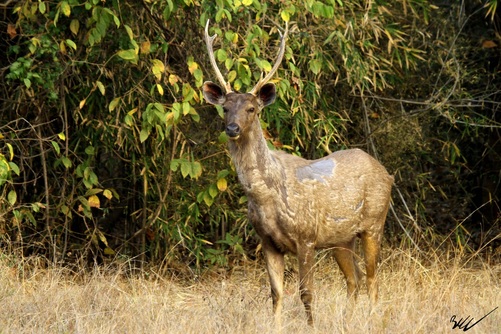|
I've been travelling to India since 2011, indeed you can even look back at my blog posts from the time (excuse the terrible photography). In that time, the country has completely changed, both for better and for worse. A thriving modern 'democracy', India has developed at a startling speed and domestic tourism has increased a hundred-fold (no bad thing). However, that does mean that many of India's once quiet reserves are now packed with people keen to catch a glimpse of a tiger. Trying to get away from the crowds can be tricky, but Nagarhole is a place where things are a little quieter and the wildlife sightings can be enjoyed that much more. Back in April, I was at the helm for Wildlife Worldwide's Nagarhole Photo Safari once again. This week-long trip is perfect for seeing, and photographing Asian elephant, tiger, leopard, Malabar giant squirrels, a plethora of birds and even sloth bear. There is, of course, so much more on offer, but hopefully that whets your appetite. This little slice of paradise really has become one of my favourite parts of India, and it delivers year on year. I know, I know, you want to see the photos. Our first afternoon rewarded us with two tigers, but alas, the photography opportunities were not really there. The next day though, we were treated to exceptional views of sloth bear in the morning and tiger in the afternoon. As you can see, it really didn't take long to get fantastic views, as well as some decent photography of some of our target species. We had hoped to have good encounters with Asiatic wild dog. Despite seeing them in the distance, we never got close enough for worthwhile photography opportunities. For the next couple of days, we focused on some of the smaller and less-photographed species that call the park home. That's not to say that we didn't enjoy views of some of the larger things, but it was these alternative species which provided the more rewarding photography. With such great subjects, the group were rewarded with an amazing portfolio. These 'B-list' species are actually, in my opinion, what makes Nagarhole such a special place to be. So far, we hadn't caught sight of a leopard (something the park is famous for), and so we decided to spend a morning focussing on these elusive cats. We drove along a track, slowly working our way down a hill and scanning every tree along the way. Parking up at the bottom of the hill, our driver Sadiq turned off the engine and we just listened for alarm calls (the best way to find big cats in the dense forests of India). After 10-minutes or so, with no sounds and relaxed chital (spotted deer) all around us, we slowly made our back up the hill. Varun, our guide, suddenly called to stop - there only 25 yards away, sat perfectly in a tree was a gorgeous female leopard. It was a misty morning and the forest had an ethereal feel to it. What an incredible sighting. The photography was just wonderful. Having already had the most magical of weeks, spoiled rotten with incredible sightings, we decided to spend the last full day focussing on the striped contingent once again. I don't think it matters how many tigers you see in the wild, you always want one more. And so we put in the hours and we were rewarded with one of those dreamy encounters - the hard work paid off. If you would like to join me in 2025, there are still a couple of spaces remaining. Please contact Wildlife Worldwide to find out more.
0 Comments
I haven't been back to India since 2019 - primarily due to Covid-19, but this year I was delighted to head back for a dedicated photography tour to Nagarhole National Park with Wildlife Worldwide. This is one of India's hidden gems and despite not being as well known as some of India's more illustrious parks, it offers some truly world-class wildlife encounters and for those that are patient enough, some excellent wildlife photography opportunities. Our group was spoiled with some memorable tiger sightings, several different leopards, gaur, deer and Asian elephant. It was a fabulous week in a beautiful part of the world, which for the time being is still relatively quiet. I hope you enjoy the photos. The best thing in Nagarhole is that you can be really lucky and enjoy your own, private sightings of the predators. Moments such as these are something to cherish and we had exclusive sightings of both dhole (Asiatic wild dog) and tiger. If you ever want to visit India, wanting to escape the crowds, I can't recommend Nagarhole National Park enough. Visit the Wildlife Worldwide website to find out more.
I have been to India numerous times before and it goes without saying that the main draw is the largest of the world’s cats, the tiger. However, there is so much more on offer in this remarkable country and earlier this year I visited a state I had not previously been to, Karnataka. I led a non-photographic trip, acting as a naturalist guide, in Nagarhole National Park. This is without a doubt, one of the finest reserves I have been to on the Indian subcontinent, a forest reserve that plays host to a staggering array of species. There are tiger here, needless to say, but it is the chance of seeing a black leopard that draws many to these foothills to the Western Ghats. When you throw in traditional leopards, Asian wild dog, wild Asian elephant, sloth bear and countless bird species, it really is a wildlife-lover’s paradise. As it wasn’t a photographic trip, I only managed to get some quick snaps, but hopefully these following images give you a real taste of what is on offer here … What a place Nagarhole is. All I can really say is that you need to book on to a Wildlife Worldwide’s Nagarhole’s Tigers, Wild Dogs & Leopards trip for 2020.
Last year was one of great change for me … after spending a year photographing in Australia, it was time to get crack on with my career and put photography on the back burner. Don’t worry - the photography will be back in force in 2017! I had built up an incredible portfolio of images in 2015, thanks to my time ‘down under’, and I decided to try my luck in a few competitions. It turns out I had some success – who would have thought that would happen? Well I was delighted to have images shortlisted in Outdoor Photographer of the Year, Bird Photographer of the Year and Australian Nature Photographer of the Year. The two images shortlisted in Bird Photographer of the Year both featured in the accompanying book and my image Murray Magic featured in the Kew Gardens exhibition. When I got the news that three of my images had made it through to the final of Australian Nature Photographer of the Year, I was excited but didn’t really think too much of it. It wasn’t until a friend (the incredibly talented Trevor Scouten) alerted me to the fact that these three images were actually going to feature in the exhibition, and accompanying media, that it really hit home. In June I was contacted again by the competition, informing me I was either a winner or runner up in one of the categories I had entered. I learnt no more until the results were announced in the press – I found out through the Australian news that I was a winner of the ‘Threatened Species’ category with my image titled Palm Grove Dingo. The image has since been used in the accompanying book, wall calendar, desktop calendar and diary. The image was then used at the main entrance of the exhibition – printed in large format … this for me was the greatest honour. It wasn’t all about the competitions though. I had a great year of travel once more with trips to India, Tobago and Colombia. None of which were necessarily exceptional from a photographic point of view but I did strike lucky on a few occasions (you can see a selection of images below). 2017 promises to be another great year for me with trips to Africa and Ecuador planned for my own photography. I will be leading two dedicated photography trips in June, one to Skomer Island in Wales for Puffins and the other to Finland to photograph Bears, Wolverines and Wolves. I will also be running one-to-one workshops a little closer to home focusing on Roe and Fallow Deer. If you have any interest in joining me on these trips I would love to hear from you – feel free to email me at any time.
I wish you all a very happy new year and I hope to see as many of you in 2017 as possible. There is one animal that elicits an emotional response like no other in the natural world. Which creature could it be? For me, and many others I know of, the Tiger has an aura, a spirit that seems to soar above those creatures around it. Don't be fooled though, this isn't the only draw to India ... it is just a case of trying to find a wild corner of this vast country to explore its natural delights. I have recently returned from a trip to India searching for Tigers and some of the stars of the Jungle Book. I had some issues along the way with cameras and park legislation but I won't go into that here. I didn't have the best trip from a photographic point of view but there were a few stand out moments which I thought I would share with you. The week started off pretty slowly and I didn't really have any sightings of any of Tadoba's standout species. However I did seem to have some better luck on the bird of prey front ... as you can see above. The my luck changed and I had an incredible encounter with a very handsome young male Tiger. Only moments after driving through the park gates we heard a sound that is comparable with that of a Lion in Africa. We heard the territorial call of the Tiger and we knew that it was heading back into the park, having spent the night patrolling the park boundary. We drove up into the park proper and stopped at the top of the hill and listened. The deep call sounded again from the forest, it was coming closer. We moved further down the road and waited for a moment that will live long in my memory, an intimate moment with one of the most striking individual cats I have ever seen. I was also really lucky with a particularly close encounter with a pack of Dhole (Indian Wild Dog), but the photography opportunities were tricky as the dogs being rather unsettled. Only moments before these images they had failed to hunt a Barking Deer, they weren't particularly keen to oblige and pose for photographs. I will be writing another post about the last few days I spent in Tadoba and going on to describe a few of my concerns too. Although I saw plenty of wildlife, I was rather shocked at some of the tourism practices within the park and the way this could directly affect the wildlife.
For now though I will leave you with a shot of this cute little fellow ... This morning we had an early start and the new arrivals slowly trickled in for morning tea (most were a little late). Unlike Tadoba, the Pench authorities assign a route for each vehicle to try and keep them as spread out as possible. I was put in a vehicle with a lovely elderly couple and they, at first, struggled to understand our local guide. For the first couple of hours I would help pass on what the guide was saying and identifying things I was able to. It is amazing just how much you can pick up in a couple of days.
We saw some Gaur (Indian Bison) quite early on, these animals are the largest in the world of the bovine family. They are very impressive and are quite relaxed around the vehicles in the park. A little further along, we came across some fresh tiger pug marks. They were absoutely huge and were heading straight down the road. Unfortunately the tracks led to nothing and we headed off for our breakfast. We bumped into some guests along the way, who had seen a tiger's shoulders earlier that morning. We headed straight for the site but we had joined a traffic jam and the tiger was hidden in the dense foliage. We moved onto the grass on the edge of the road, to ensure we were not stopping anybody from passing, and we were quickly fined 500 rupees (almost £10) for driving off road. This was rediculous considering 100 yards ahead there were 15 vehicles driving off road trying to get a glimpse of the tiger. In the afternoon after a nice lunch and a nice little siesta we headed back into the park. This time we had Harish as our guide and we felt that this afternoon we were going to have better luck. Annoyingly, our vehicle was allocated the same route as this morning so off we went down the same track. After about 10 minutes we came across a group of Langurs in the road, one of which had a particularly young baby. We photographed away until we thought we were ready to move on but the mother in the middle of the road had a different idea and stayed put. She eventually decided to move on and we went off in search of tigers. We were heading for the area where the tiger had been seen this morning but en route we stopped to photograph some Chital, at one of the lakes. We then moved on in search of the tiger once more and once again we were distracted, this time by a pair of Golden Jackals. The driver noticed a flurry of vehicle activity ahead and we quickly moved off to investigate. We asked one of the vehicle drivers what the excitement was about. He pointed to a spot across a shallow valley, about 150 metres away, and said that there was a female tiger with 5 cubs. After about 5 minutes of the guides trying to point them out we eventually spotted them and to our delight we had our first glimpse of a family of tigers. It was a fantastic sight as the cubs were playing and the mother was relaxing. The whole group managed to get some glimpses and we were extemely happy with the day's distant sighting. This morning I got up at 7 o'clock and went downstairs to meet the guests and our guide, Harish, for breakfast. After we had finished our breakfast we went to pack our bags and all met up in reception to get into our vehicle for our 3 hour transfer to Tadoba. We were in a Toyata Innova, a large MPV, and the journey took us just under the suggested 3 hours. The last few hundred yards to our destination were a little bumpy and we got to see a few local villages on route. We eventually arrived safely at Tiger Trails Lodge, this is a small and simple lodge much more like a home than anything else and we were met by the owner's son, who looks after everything.
I was shown to my room, in the main building and had an hours rest before it was time for lunch. Whilst we were staying there, there was another Naturetrek group, but we kept ourselves seperate. After lunch we had an hour and a half until our first game drive in search of tiger and we had been told that there were reports of a mating pair in the South of the park. We were told this would be the focus for this afternoon's game drive and we were also warned to take a sun hat. We set out in the early afternoon and it was around the 40 degree mark, which was a little on the hot side. We got to the gate and picked up our local guide so in total, there were seven people crammed into a small little Suzuki jeep. We then headed off to see if we could get a glimpse of the tiger and after about 30 minutes we got to the spot. When we got there, there must have been 30 other jeeps lined up ahead of us queuing to get a glimpse of one of these poor tigers. It was then our turn to have a look and we could see the big cat's outline through our binoculars but it was not a photo opportunity. We moved around the corner and parked up as we hoped the tiger might move our way. After a couple of hours and no movement we headed off back to the lodge for our dinner and a rest. We did see our first Chital deer, our first Sambar deer and some cheeky Common Langur monkeys. |
AuthorBret Charman Archives
July 2024
Categories
All
|












